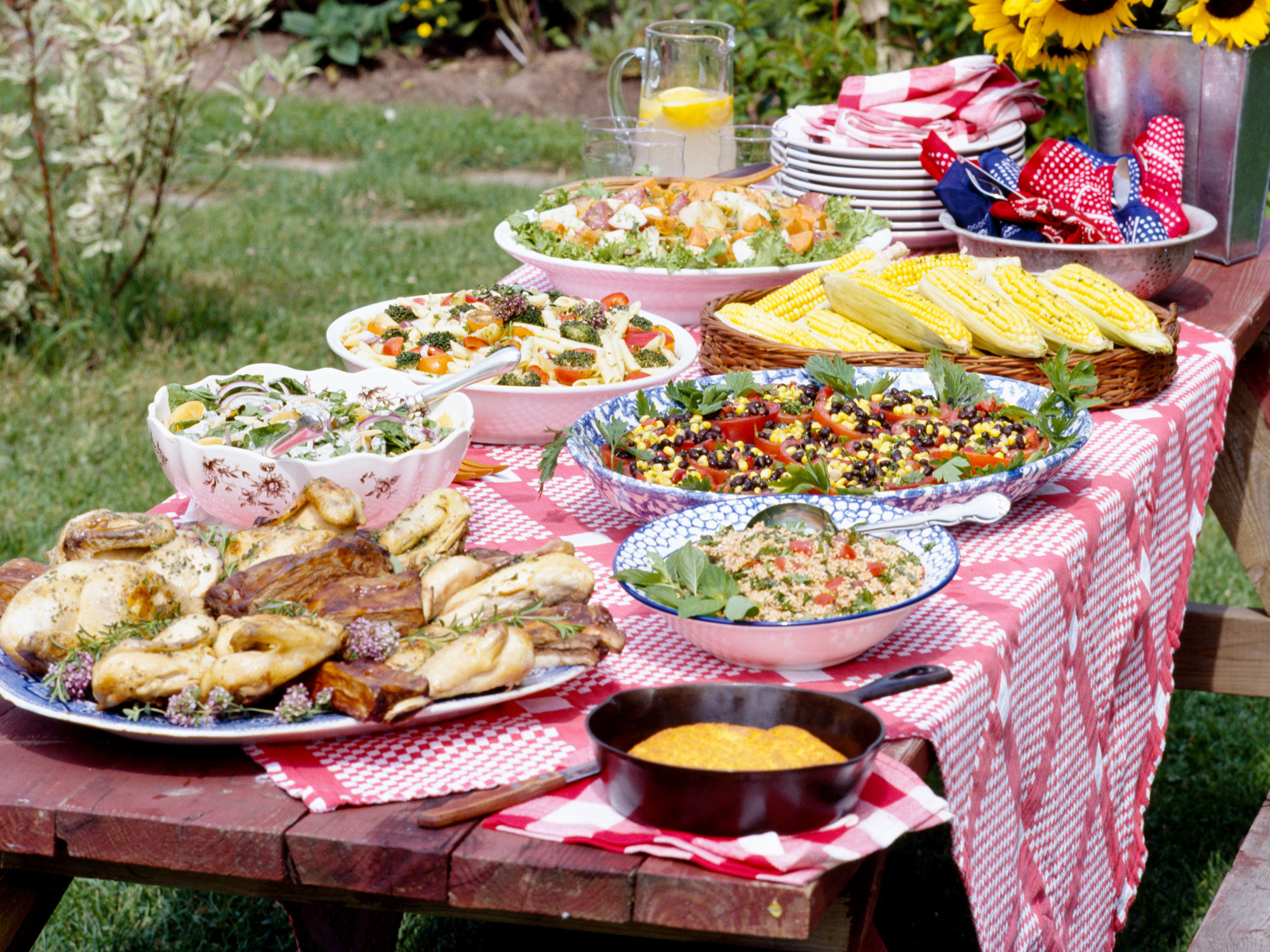Get Easy Health Digest™ in your inbox and don’t miss a thing when you subscribe today. Plus, get the free bonus report, Mother Nature’s Tips, Tricks and Remedies for Cholesterol, Blood Pressure & Blood Sugar as my way of saying welcome to the community!
The creepy reason food poisoning may become a bigger threat

Nothing’s quite as unforgettable (and awful) as a bout of food poisoning….
The nausea. The cold sweats. The severe stomach cramps. The inability to pry yourself from the bathroom floor.
And you know what’s even more frustrating? Half the time you’re not even sure what caused it…
Was it the potato salad at the family picnic? The undercooked eggs at your favorite breakfast restaurant? The rotisserie chicken your hubby brought home for dinner last night?
You’d like to know what led to those 24-hours (or more) of pure torture, so you don’t make the same mistake again.
But here’s the thing….
Not all food poisoning comes down to what you ate. Sometimes, it comes down to what landed on what you ate.
Flies cause campylobacter food poisoning
Campylobacter bacteria are one of the leading causes of food poisoning. If you’re unfortunate enough to come across this dangerous bacteria in your food, you could end up with diarrhea, cramps, fever, and vomiting from anywhere between two and ten days.
The most common sources of campylobacter are raw and undercooked poultry, unpasteurized milk and contaminated water. But researchers from the University of Guelph and the University of Toronto say there’s another way to get this bad bacteria — flies.
These researchers already knew that cases of campylobacter food poisoning spike in the summer months. They also knew that flies are a known carrier of campylobacter. Since there are more flies around in the summer months, they put two and two together — more campylobacter-carrying flies landing on our food at concerts, picnics, and outdoor lunch breaks leads to more food poisoning.
But this realization led them to another startling conclusion…
Related: 5 Common types of food poisoning and how to avoid them
The warming trends caused by climate change could lead to a lot more flies (especially in northern areas like Canada and the northern U.S.) in the long term… which could lead to a lot more food poisoning. They looked at data for fly populations in the last 12 years, and their numbers are rising right alongside average yearly temperatures.
So, researchers built a scientific model based on the data they’ve collected over the last 12 years. This model was designed to predict fly populations over the next 60 years or so. And here’s what they found…
If fly populations keep increasing at the rate they are now, cases of campylobacter food poisoning will double by the year 2080.
Preventing food poisoning now and for future generations
I know what you’re thinking…
I won’t be alive in 2080 anyway, so why does this matter to me?
Well, because there are people you know and love who will be alive in 2080, like your kids and grandkids. And because fly populations are increasing right now too, which means campylobacter food poisoning cases are already on the rise.
You can fight climate change (and ultimately, your chance of developing campylobacter food poisoning) by taking these steps to reduce your carbon footprint:
- Driving less
- Eating less meat
- Eating local and organic food
- Planting a backyard garden
- Line-drying your clothes
- Buying used, vintage or locally-made clothes
- Unplugging electronics when you’re not using them (or investing in a power strip you can turn off when it’s not being used).
You can also protect yourself from campylobacter-carrying flies in more direct ways, like:
- Covering food before and after you eat
- Using natural bug repellents
- Limiting sugary, yeasty foods and drinks when you’re eating outside (flies love these)
- Keeping fly-deterring herbs close at hand. They hate basil, lavender, lemongrass, rosemary, and mint. You can even create a centerpiece with these herbs to protect yourself during an outdoor meal.
- Planning your meal location strategically. Garbage cans, dog poop, decaying fruits, and veggies are favorites among flies, so don’t set up your picnic near a neglected garden, dog park or dumpster.
Sources:
- Study suggests global warming could cause more cases of food poisoning — MedicalXpress
- Modelling the transmission dynamics of Campylobacter in Ontario, Canada, assuming house flies, Musca domestica, are a mechanical vector of disease transmission — Royal Society Open Science
- Campylobacter — Foodsafety.gov
- 7 Instant Ways To Reduce Your Carbon Footprint — Huffington Post
- 5 Ways to Keep Flies Away from Your Picnic — Kitchn













